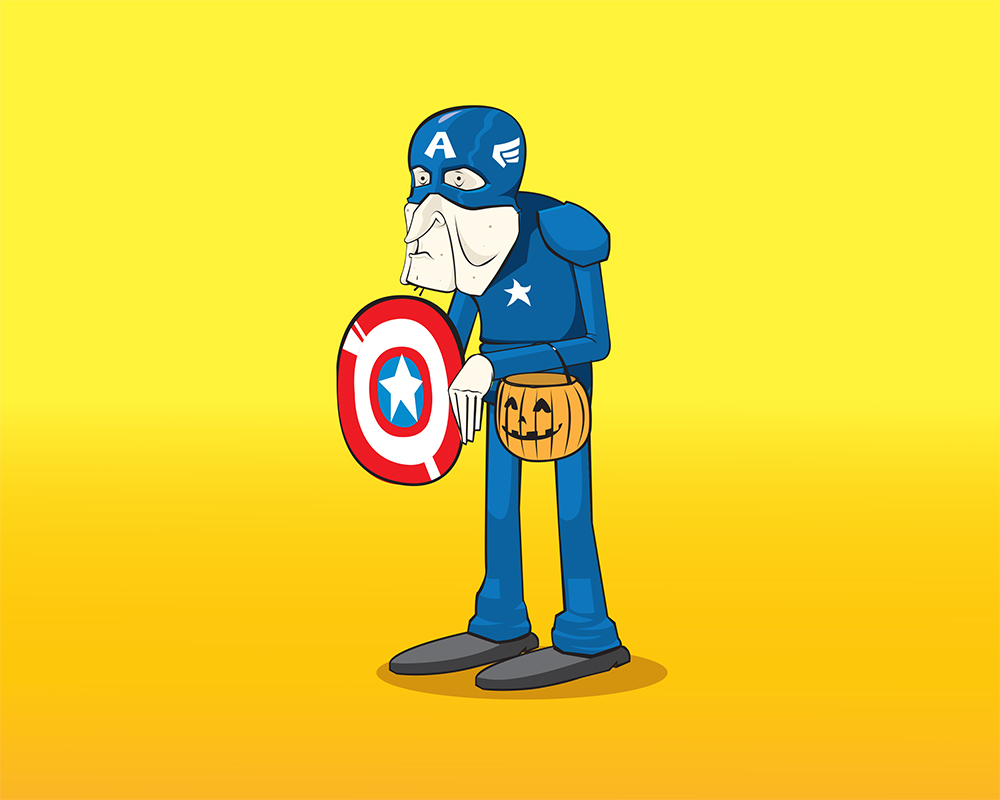On Oct. 31 of every year, people in the United States and some European countries stock up on candy corn and chocolates, awaiting the rush of kids who will inevitably ring their doorbells and shout “Trick or treat!” come nightfall. Many attend festivals or parties or carve pumpkins into a variety of spooky, yet still inviting, faces. Children and adults alike indulge in copious amounts of sugary sweets, but perhaps the most curious of Halloween traditions involves dressing up as someone other than yourself — wearing a costume.
A CELTIC TRADITION
Superheroes, villains, pop stars and vampires all roam the streets on Halloween night hoping to fill their bags and buckets with candy. Kids and adults dress up annually for this festive occasion for both historical and psychological reasons.
The customs revolving around Halloween originate in mostly Celtic traditions which came to America along with European immigrants — primarily from Ireland according to an article in National Geographic. They are the remnants of the ancient Celtic day of the dead called Samahin in which the Celtic people would wear masks in order to imitate their dead ancestors. They also wore costumes like animal skins to confuse spirits who they believed would roam around on that day. They would place offerings of food and drink outside of their house to placate these spirits as well.
However, as the years went on, according to the American Folklife Center of the Library of Congress, people began dressing up as the creatures they believed wandered throughout the city on that evening and performing a variety of antics in exchange for food and drink. This eventually evolved into what we know of today as trick-or-treating in costume.
COMMUNICATION DEVICES
Yet, wearing a costume is not something the majority of people dread. People love planning their costume and wanting to get it right. And this enjoyment does not end with childhood either. Although people most often associate trick-or-treating with children, nearly three quarters of 18 to 24 year-olds wear costumes on Halloween and more money is spent on adult costumes than kid costumes, according to Psychology Today.
In the article by research psychologist Kit Yarrow, she notes that costumes act as communication devices and costume-wearers often seek to elicit a response from those who see them in costume. Clothing and fashion in general are mediums for self-expression and on Halloween, it becomes more socially acceptable to express the self a little more fully or excitingly than in the everyday life.
Yarrow also states it takes creativity to put together the most clever Halloween costume. People look for new ideas for costumes every year and, when people go out in the costumes they have created by scratch or through mixing and matching, it shows how clever or resourceful they can be.
FOR ANY AGE
When older adults tell college students they are too old to dress up on Halloween, they are wrong. Costumes are fun and a way to express the self differently than usual and express their own personal creativity — and no one is ever too old to express themselves.







